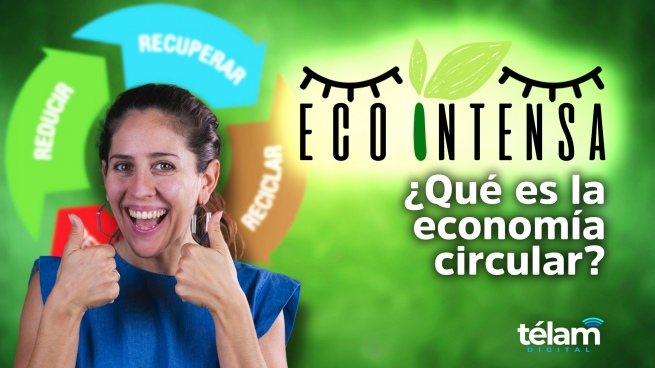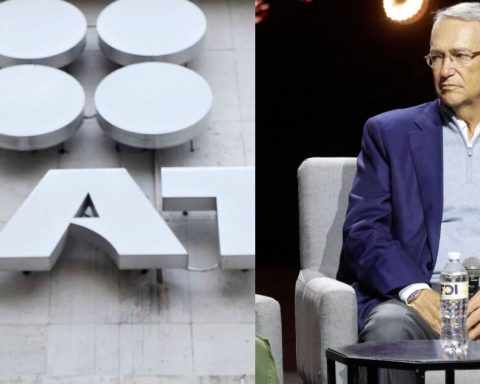Do you know what we mean when we talk about circular economy? The concept of circular economy comes to propose an alternative to linear production systems, that currently dominate the global economy and have proven to have a high environmental and social impact.
The linear economy system follows a path that begins with the exploitation of natural resources, continues with production and consumption, and ends with the final disposal of products.
In contrast, in a circular economy, economic activity contributes to the overall health of the system. For this reason, the circular economy is based on three principles:
1- eliminate waste and pollution from the beginning,
2- keep the products and materials in use and
3- regenerate natural systems.
Thanks to this it is possible reduce the amount of raw material that is extracted from naturewhich consequently reduces waste throughout the chain.
Furthermore, a circular model uses “garbage” as a wealth-creating source.
A report by the United Nations Environment Program (UNEP) ensures that a circular economy model could reduce industrial waste in some sectors by between 80% and 99% and between 79% and 99% of its emissions .
There is much that needs to be changed so that we globally abandon the linear economy and migrate towards the circular economy. You, from home, can start doing your part by separating recyclable waste and taking it to reception points so that it can be recycled.


















